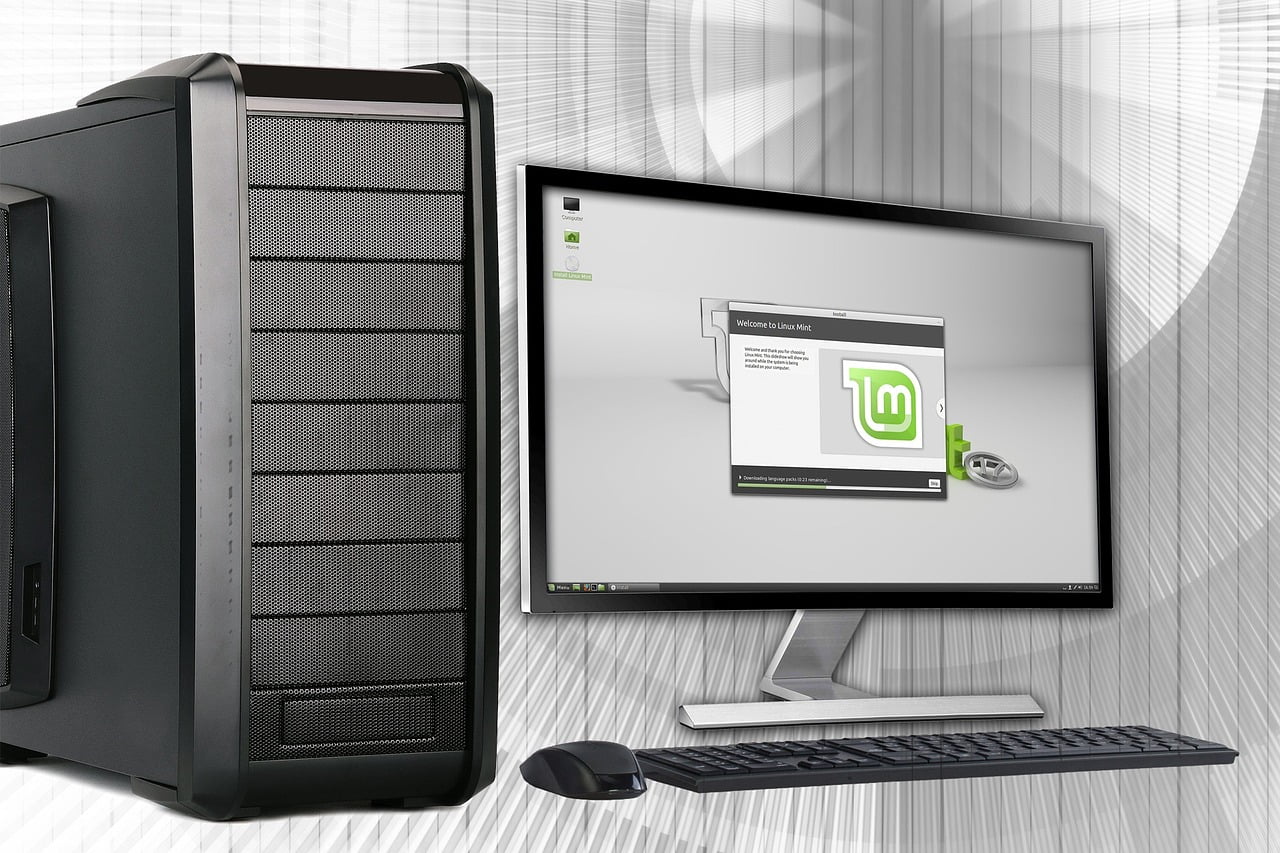Linux is a software platform consisting of an kernel and user space libraries. It allows users to develop and distribute their own applications. The popularity of Linux has grown enormously in recent years, especially on desktop computers. However, the development of new operating systems based off this open source operating system is still under way.

1. Understand How the Linux Kernel Works?
First, we need to understand the Linux kernel. The Linux kernel is a core component of the operating system (OS) that keeps all the other programs running. It provides the basic services that allow applications to run, such as memory management, device drivers for input/output devices, process scheduling and interprocess communication (IPC). It also allows different OS components to share resources like hard disk space and network connections. In addition to providing services for applications and drivers, the kernel also runs low-level tasks that help keep your computer running at peak performance. This includes tasks like scheduling processes for CPU time and memory allocation, managing data structures associated with those processes, and managing virtual memory. The kernel can also perform other tasks like monitoring hardware components or communicating with user space programs via IPC methods.
2. Understand the History Behind Linux Development?
Linux is based on the UNIX operating system. It was originally developed by Linus Torvalds, working in a Finnish university’s computer laboratory, to be used as a free operating system for computers. Torvalds wrote the first version of Linux when he was working at the University of Helsinki’s Department of Computer Science and Communications. Linux has changed a lot since then, but its original goal has remained: to create a free alternative to commercial operating systems like Windows and UNIX. In 1991 Torvalds released the first version of Linux, which ran only on 386 processors (the Intel 80386) at speeds up to 10 MHz. A few months later he released version 0.12 of Linux, which supported the 80486 processor running at speeds up to 20 MHz. The following year saw version 0.14 appear which supported even faster Pentium chips running at 30 MHz. In 1994, Linus Torvalds released version 0.12 with support for Alpha CPUs running at 33 MHz – and this is still the fastest supported speed for today’s modern Intel chipsets!
3. Understand in Depth About the Various Protocols Like Tcp/Ip and Ethernet?
TCP/IP and Ethernet are two of the most widely used protocols in today’s world. TCP/IP is a protocol that allows computers to communicate with each other on a network. It does this by sending data in packets, which contain information about the data being sent and how it should be received by the receiving computer. The format of these packets is known as TCP/IP packets. Each packet contains a header and payload, which includes all of the information needed to send the packet successfully to its destination computer and receive it back. Ethernet is a physical layer technology that uses copper cables or optical fibers to transmit data between devices on a network. Ethernet transmits data using electrical pulses, while other technologies such as Token Ring and FDDI use light signals instead of electrical pulses. Ethernet was developed at Xerox PARC by David Bohm, “Wim” van Bennekom, Bob Metcalfe and others in 1973. You can use a cable modem or DSL internet connection to connect your computer directly to the Internet without an intermediate router or hub device. This type of connection provides you with high-speed access to the Internet by converting your telephone line into an internet connection through either analog modems or digital subscriber line.
4. The Architechture of Linux Is Pretty Robust, so Could Be Considered for Building Your New OS?
Linux is a Unix-like operating system originally created by Linus Torvalds, with support for “one-cluster” multi-processing and multi-threading. The design goals were speed, efficiency, and simplicity. Its command line interface inspired the graphical user interface of many other operating systems. Linux was initially developed as a free operating system for computers such as Intel Itanium but later adapted to work on x86 computers as well.The kernel is the heart of Linux, which provides system calls that enable applications to interact with the operating system using low-level mechanisms such as interprocess communication (IPC). Although much effort has been made to make it possible for different programming languages to use the same kernel without rewriting or porting parts of it, no truly portable kernel exists: The design of the kernel’s core functionality has remained constant since its implementation in 1992.
Consolution: You can learn from a lot from Linux